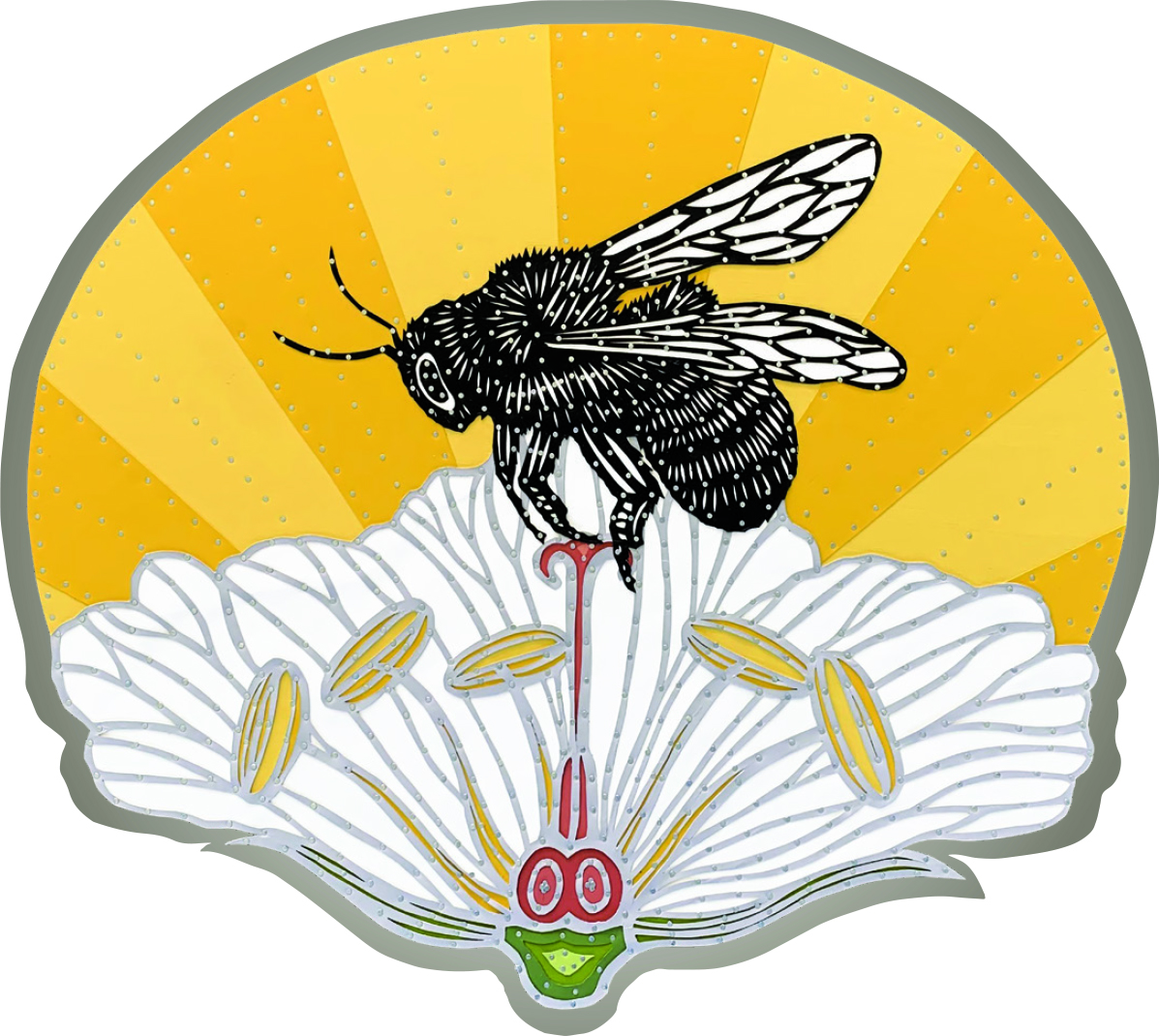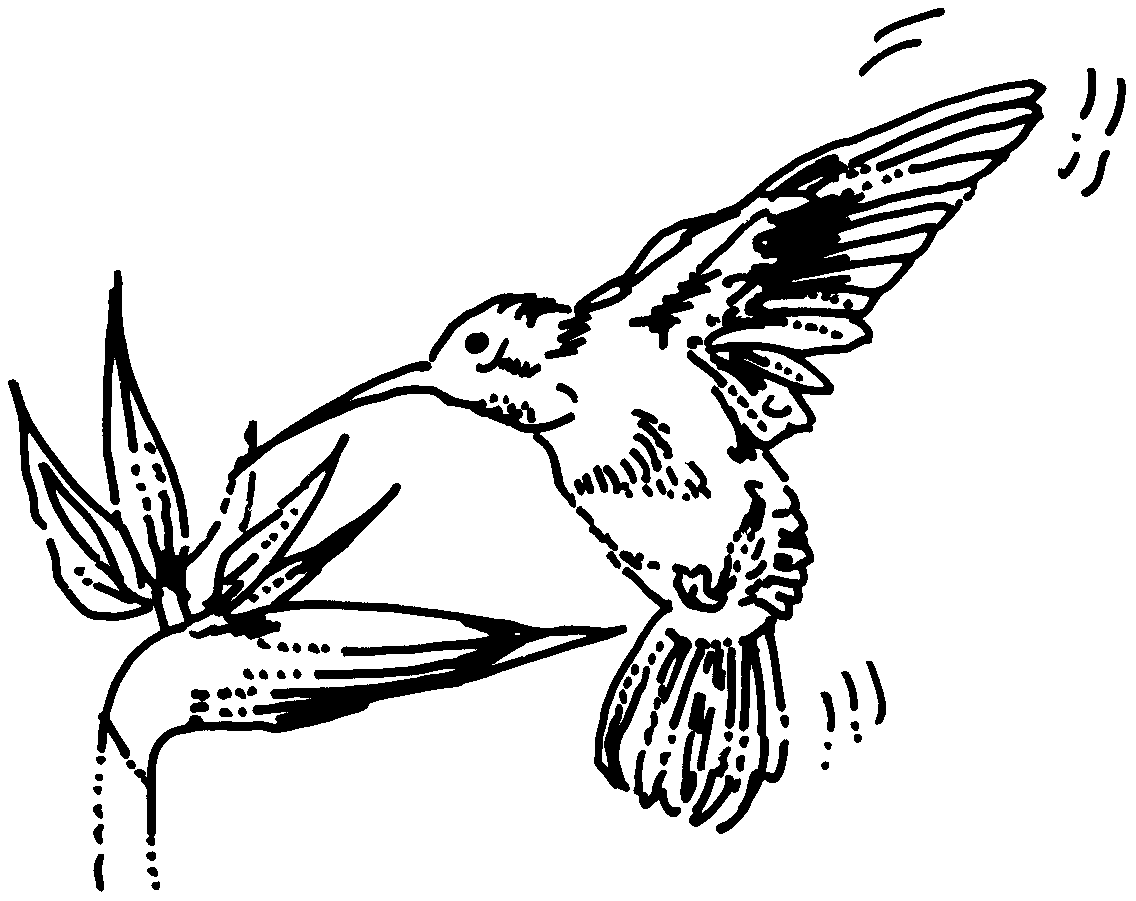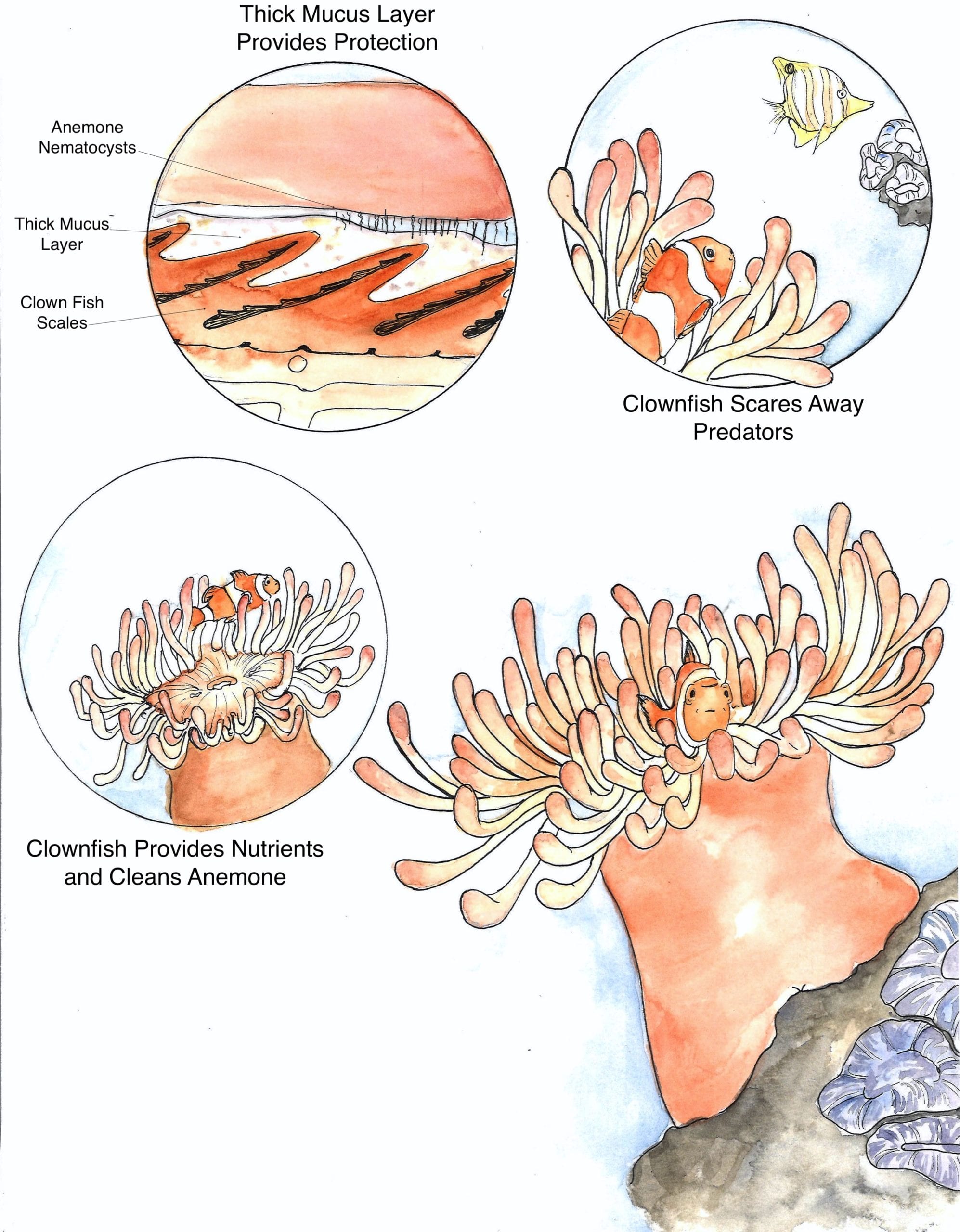Mutualism Drawing
Mutualism Drawing - Mutualism examples show unique relationships where organisms work together for mutual benefit. Web a mutualism (or mutualistic symbiosis) is a relationship between two or more organisms, where each partner benefits from living with the other. The paramecium certainly benefits from the food synthesized by the alga. Web how does this resource excite and engage children's learning? Other types of symbiotic relationships include parasitism (where one species benefits and the other is. 57.1 w x 78.7 h x 2.4 d in Now you have seen lots of examples of how mutualism works in real life. Paramecium bursaria is a ciliate that engulfs unicellular green algae into vacuoles within its cell. Web the benefit to the ant is that the fungus is food. This resource addresses the following standards: Julius csotonyi in this session where he’ll be teaching you how to draw this amazing perennial plant and this fascinating. Web many members of the prairie ecosystem, including grasshoppers, prairie dogs, jackrabbits, and bison, feed on the grass. This resource addresses the following standards: While mutualism is highly complex, it can be roughly broken down into two types of relationship.. These types of interaction are common and ubiquitous throughout all ecosystems, and scientists are increasingly recognizing the important role that they play. A mutualism occurs when two species benefit from their interaction. An interaction in which both types of organisms benefit symbiosis: [1] mutualism is a common type of ecological interaction, one that can come from a parasitic interaction. Predation. Web by classifying these effects, ecologists have derived five major types of species interactions: There are hundreds of examples of mutualism between a heterotroph and an alga. Mutualism is a type of relationship between the host and a symbiont, where both organisms benefit and no one is harmed. Mutualism occurs when both species in this interaction benefit. [1] mutualism is. Web in biology, mutualism is defined as an ecological relationship between two or more species in which both members benefit. Web how does this resource excite and engage children's learning? Paramecium bursaria is a ciliate that engulfs unicellular green algae into vacuoles within its cell. Web mutualism is a sort of symbiosis. Web mutualism is a type of symbiotic relationship. This resource addresses the following standards: A symbiotic relationship between two species in which both partners benefit: A symbiotic relationship between two species in which one benefits and the other is unaffected: Mutualisms are defined as interactions between organisms of two different species, in which each organism benefits from the interaction in some way. A mutualism occurs when two species. A symbiotic relationship between two species in which one benefits and the other is harmed Challenge your students to match together the organisms that demonstrate mutualism. Julius csotonyi in this session where he’ll be teaching you how to draw this amazing perennial plant and this fascinating. Now you have seen lots of examples of how mutualism works in real life.. It is a symbiotic relationship in which two different species interact with and in some cases, totally rely on one another for survival. Now you have seen lots of examples of how mutualism works in real life. Web mutualistic interactions are mutually beneficial species interactions. While mutualism is highly complex, it can be roughly broken down into two types of. While mutualism is highly complex, it can be roughly broken down into two types of relationship. Web mutualism, association between organisms of two different species in which each benefits. So let's first talk about competition which we have already talked about in other videos. Mutualism occurs when both species in this interaction benefit. Web how does this resource excite and. Learn about mutualistic relationships in biology and more. Mutualistic interactions are common but sometimes rather complicated. Web a mutualism (or mutualistic symbiosis) is a relationship between two or more organisms, where each partner benefits from living with the other. Mutualisms are defined as interactions between organisms of two different species, in which each organism benefits from the interaction in some. Paramecium bursaria is a ciliate that engulfs unicellular green algae into vacuoles within its cell. Predation includes any interaction between two species in which one species benefits by obtaining resources from and to the detriment of the other. Mutualism is found ubiquitously throughout all ecosystems. Additionally, there are many types of symbiotic interactions. It is a symbiotic relationship in which. Paramecium bursaria is a ciliate that engulfs unicellular green algae into vacuoles within its cell. Web mutualism, association between organisms of two different species in which each benefits. Mutualistic interactions are common but sometimes rather complicated. Mutualism occurs when both species in this interaction benefit. Web in biology, mutualism is defined as an ecological relationship between two or more species in which both members benefit. Predation includes any interaction between two species in which one species benefits by obtaining resources from and to the detriment of the other. Web how does this resource excite and engage children's learning? A symbiotic relationship between two species in which one benefits and the other is unaffected: These types of interaction are common and ubiquitous throughout all ecosystems, and scientists are increasingly recognizing the important role that they play. Mutualisms are defined as interactions between organisms of two different species, in which each organism benefits from the interaction in some way. It thus is a type of association where all the partners work together, with each partner benefiting from the relationship. The paramecium certainly benefits from the food synthesized by the alga. Web mutualism describes the ecological interaction between two or more species where each species has a net benefit. Additionally, there are many types of symbiotic interactions. The term mutualist is used to indicate the small partner and the host are the other partners present in the mutualism. Other types of symbiotic relationships include parasitism (where one species benefits and the other is.
Mutualism — Definition & Examples Expii

Coevolution in a Mutualism Science illustration, Mutualism, Illustration

Mutualism Coloring Page Coloring Pages

Mutualism MUTUALISM Mojave Desert Glossary of Terms and

Learn to Draw Mutualism Ghost Pipes and Tube Worms Sierra Club BC

20_2018_Mutualism Art+Science

Mutualism Symbiosis Mutualism Art Prints by Bonita Nurdiyanto Shop

Mutualism Coloring Page Coloring Pages

Learn to Draw Mutualism Ghost Pipes and Tube Worms Sierra Club BC

The sea anemone and the clownfish have a mutually beneficial
An Interaction In Which One Organism Is Consumed By Another
Web Mutualism Is An Anarchist School Of Thought And Economic Theory That Advocates For Workers' Control Of The Means Of Production, A Market Economy Made Up Of Individual Artisans And Workers' Cooperatives, And Occupation And Use Property Rights.
Mutualism Is A Type Of Relationship Between The Host And A Symbiont, Where Both Organisms Benefit And No One Is Harmed.
So Let's First Talk About Competition Which We Have Already Talked About In Other Videos.
Related Post: